Follow us on Telegram for the latest updates: https://t.me/mothershipsg
During peak periods, an average of 100,000 to 200,000 parcels go through Ninja Van's new automated warehouse per day.
The warehouse began operations in November 2021 and is the company's second warehouse so far.
Their other warehouse is in the Pandan area, in the southwest of Singapore.
The new warehouse
Ninja Van's new warehouse is located in the northeast region of Singapore, a short distance from Yio Chu Kang MRT station.
Vighnesh Krishnan, Head of Sort at Ninja Van Singapore, said that the more centrally-located warehouse is currently the main processing and distribution hub for their deliveries.
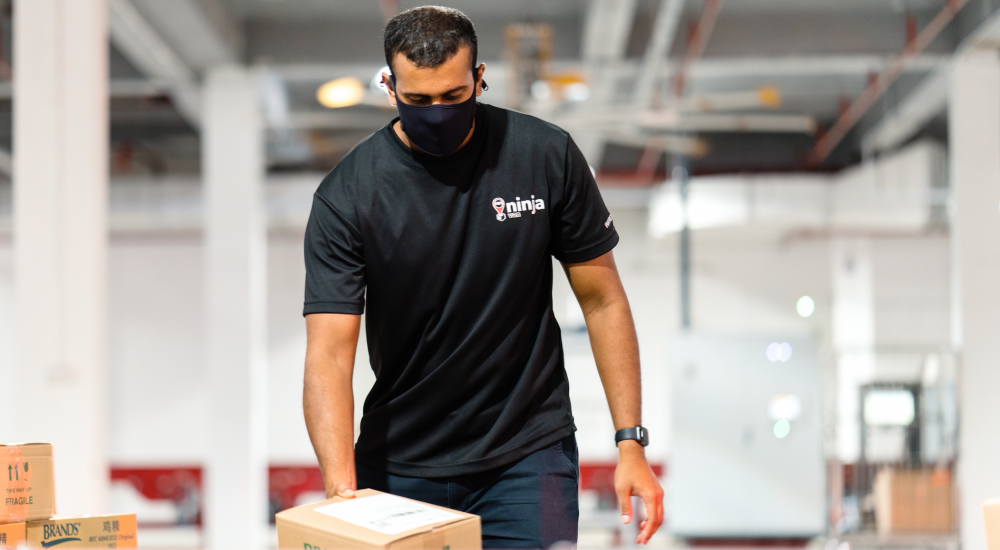 Vighnesh Krishnan, Head of Sort at Ninja Van Singapore. Image courtesy of Ninja Van.
Vighnesh Krishnan, Head of Sort at Ninja Van Singapore. Image courtesy of Ninja Van.
The move to get another warehouse is also to adapt to the influx of deliveries Ninja Van handles.
"Every month, there's another sale (on an e-commerce site)," commented a Ninja Van staff.
The warehouse is 80,000 square feet (around the size of six Olympic swimming pools) and has two automated sorting belts – nicknamed "Simba" and "Aplus".
Automated sorting belts
These automated sorting belts span about three-quarters of the length of the warehouse.
Simba can take parcels that weigh up to 30kg.
These parcels are manually loaded onto the conveyor belt at one end.

The parcels then goes through a section where their barcodes are scanned.
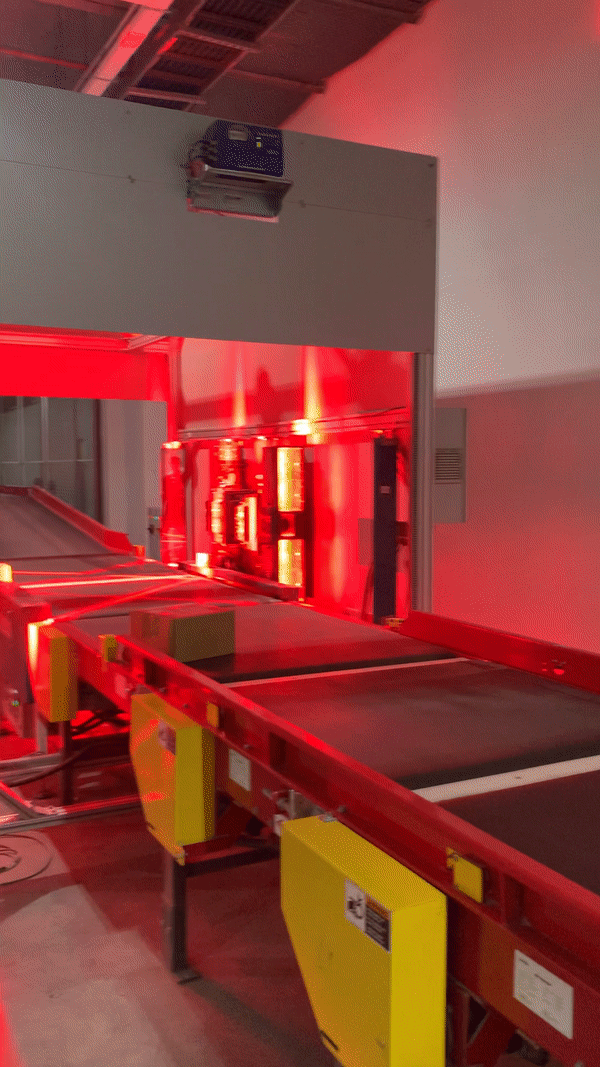
What's unique about this is that the machine can capture barcodes on all six sides of the box, even if the barcode is facing the conveyor belt.
"It actually saves on manpower, because the sorter doesn't have to cautiously put the parcel. They can just load and unload," Vighnesh added.
Once the barcode is scanned, Ninja Van will know that the parcel has arrived and is in their warehouse.
The machine also picks up the destinations of each parcel and will then sort parcels accordingly, with a chute for each zone.
Once the parcels go down the chutes, sorters organise them onto crates to be delivered.
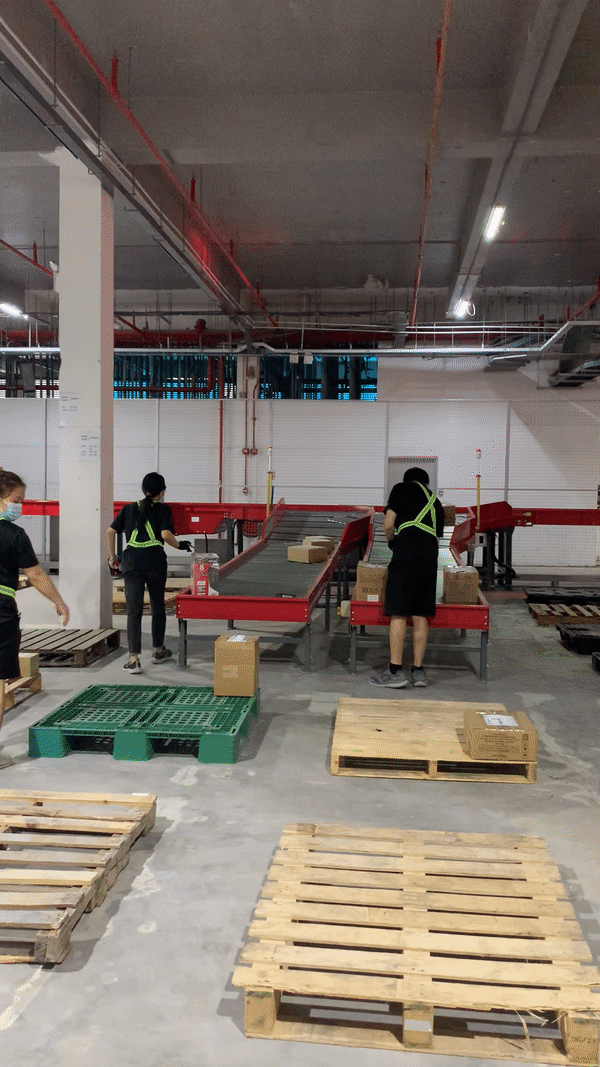
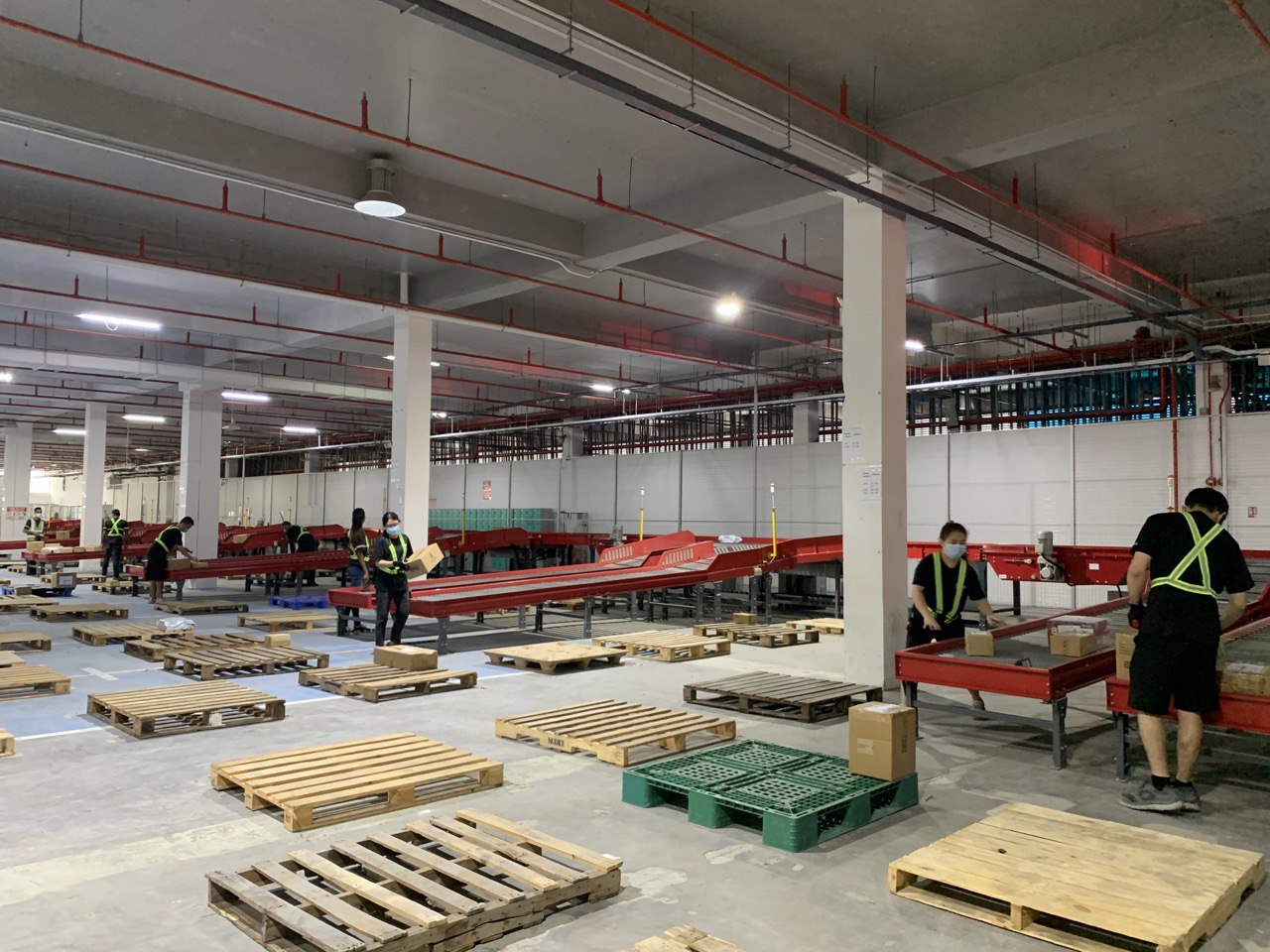 Image via Alfie Kwa.
Image via Alfie Kwa.
On the other hand, the other sorting belt, Aplus, takes smaller parcels weighing up to 5kg.
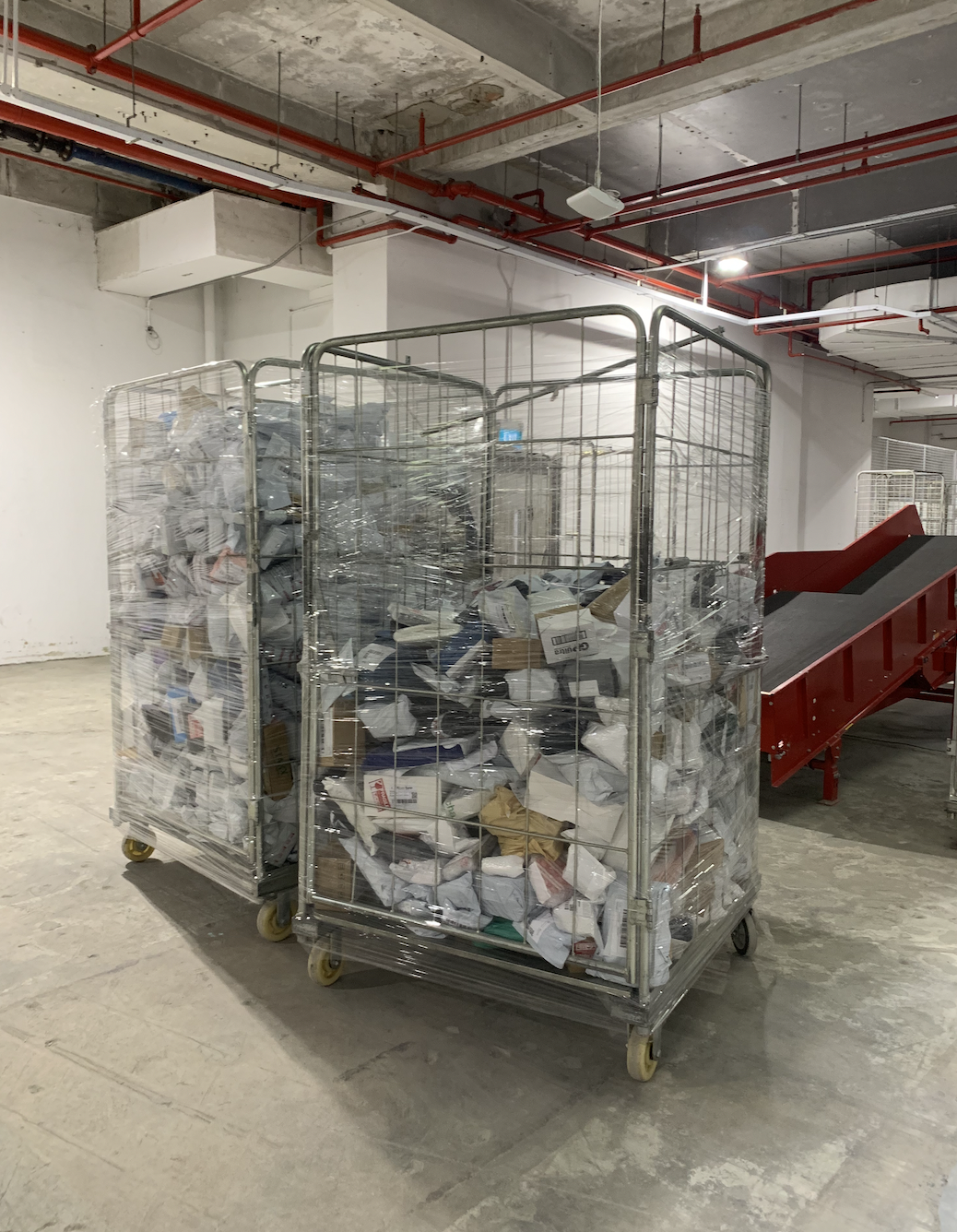 Image via Alfie Kwa.
Image via Alfie Kwa.
The parcels are also placed on this conveyor belt by hand. But, more manpower is needed for this machine compared to Simba.
On the Aplus, warehouse staff will need to ensure that parcels' barcodes face upwards, as the Aplus conveyor belt can only detect barcodes from one direction.
Staff also ensure that parcels are placed within darker grey rectangles on the conveyor belt.

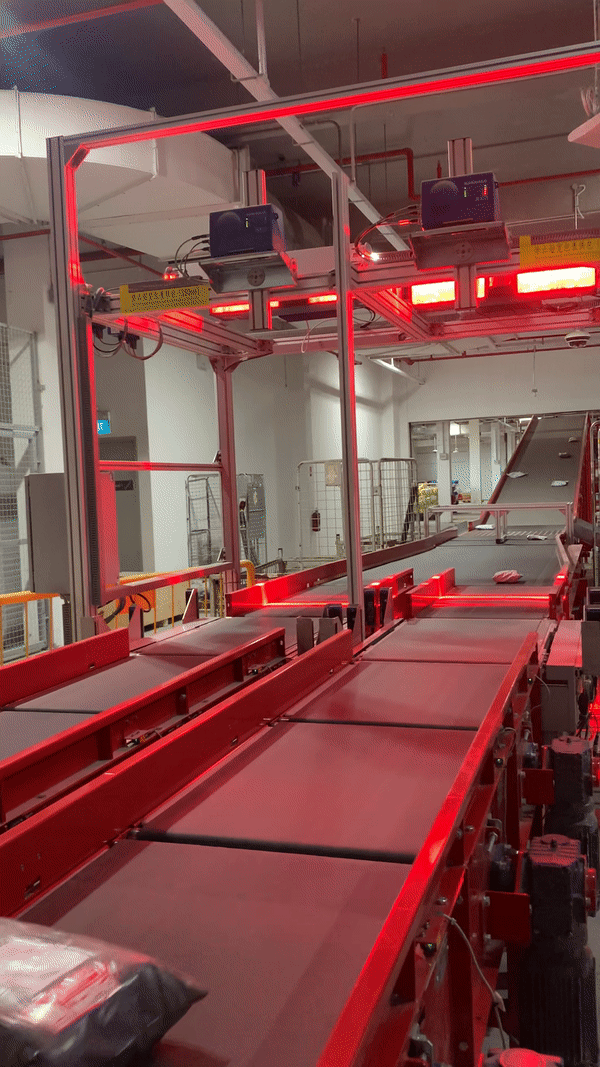
Down the line, the parcels are sorted into delivery bags.

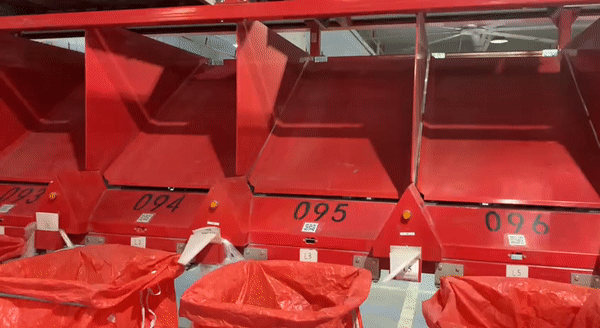
Sorting process increased three-fold
Its larger space of 80,000 square feet allows this second warehouse to hold three times more parcels than the first one.
Also, the improved belts are able to sort three times more parcels per hour as compared to the previous capacity at the Pandan warehouse.
The cameras along the belts help to scan the parcels to be sorted without the need for staff to do so. This reduces the manpower needed in their new automated hub.
Vighnesh said:
"The improved automation at Yio Chu Kang allows us to rely less on manual labour, and we estimate that our automation investment will help to decrease manpower by more than 55 per cent by 2025."
Follow and listen to our podcast here
Top image courtesy of Ninja Van.
If you like what you read, follow us on Facebook, Instagram, Twitter and Telegram to get the latest updates.
